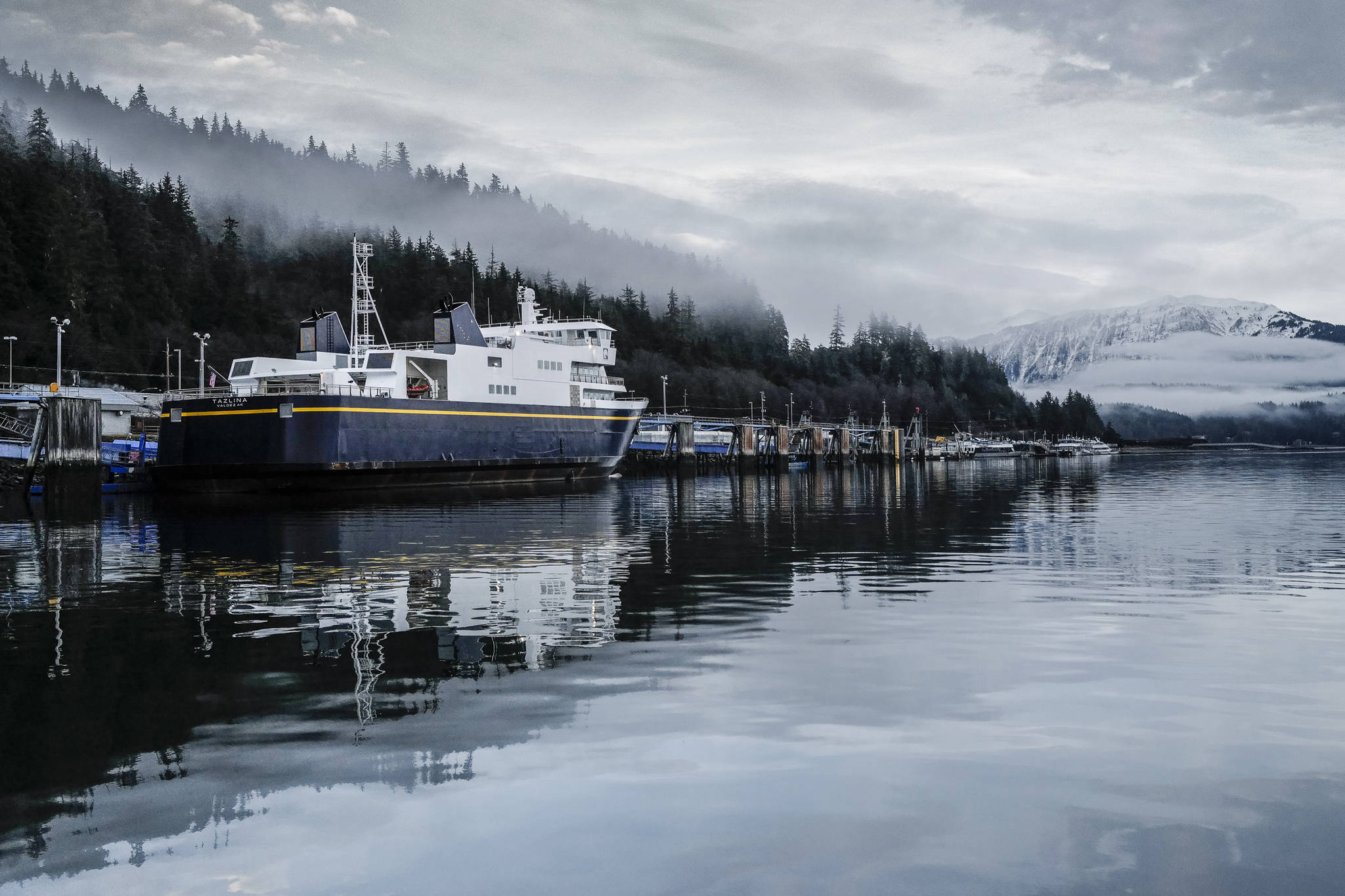A long-awaited analysis of the Alaska Marine Highway System was released by Northern Economics Wednesday morning. Lawmakers and state officials have been waiting on the report before taking any substantial changes to the ferry system, which saw a $40 million budget cut under the Legislature’s 2020 budget. The report is still being reviewed and its conclusions will be used as a guide for lawmakers as they decide the future of AMHS.
Here are five take-aways from the report, which you can read here.
• Analysis suggests some kind of public corporation
Out of the 11 options suggested by the report, Northern Economics suggests creating two public corporations to take control of the ferry system. The report says the public corporation model proposed by the AMHS Reform Project and Southeast Conference would be a good basis to start from.
However, even under a public corporation subsidized in part by the state, certain routes may be cut entirely from the system.
In the suggested option, “several route groups go without any service for extended periods of time. External service on the mainline runs to Bellingham and Prince Rupert is severely curtailed,” according to the report.
A public corporation would have increased fares and most likely decreased pay for AMHS employees.
• Cost cutting over revenue generation
Given the size of the AMHS’ losses, the report says, reducing costs could be more important than generating revenues. That would mean reductions in one or more areas, the report ways. Reducing the number of boats, operating days, staffing levels and pay for AMHS employees are all ways costs could be cut according to the report.
• Prices are going to go up
“Increasing fares is the most direct way to boost revenue,” the report says. That doesn’t mean that fares would go up for every route. Some routes could potentially see a decrease in fares but most lines would see their prices go up for both passengers and vehicles.
[Riding the ferry will cost you more — you just may not know it]
• Wages are likely to go down
Many of the options in the report call for the “re-negotiation” of labor contracts. In addition to proposing decreased wages for AMHS employees, smaller crews and fewer hours were suggested as a way of reducing costs.
“Demand for ferry services is highly seasonal,” the report says. “In order for AMHS to minimize its operational subsidies and to continue to operate, vessels need to have the flexibility to change operating parameters during the course of the year.”
• Selling or leasing to private companies is not viable
The analysis says private companies would not find many of the current AMHS routes profitable, and thus would not provide service to many communities which depend on the ferries.
“Private companies would find that operations in Lynn Canal and Metlakatla-Ketchikan are the only currently services routes for which ferry service could be provided at break-even levels of costs and revenues,” the report says.
In order to provide service to non-profit generating communities, some kind of state subsidy is needed, according to the report.
• Contact reporter Peter Segall at 523-2228 or psegall@juneauempire.com.

